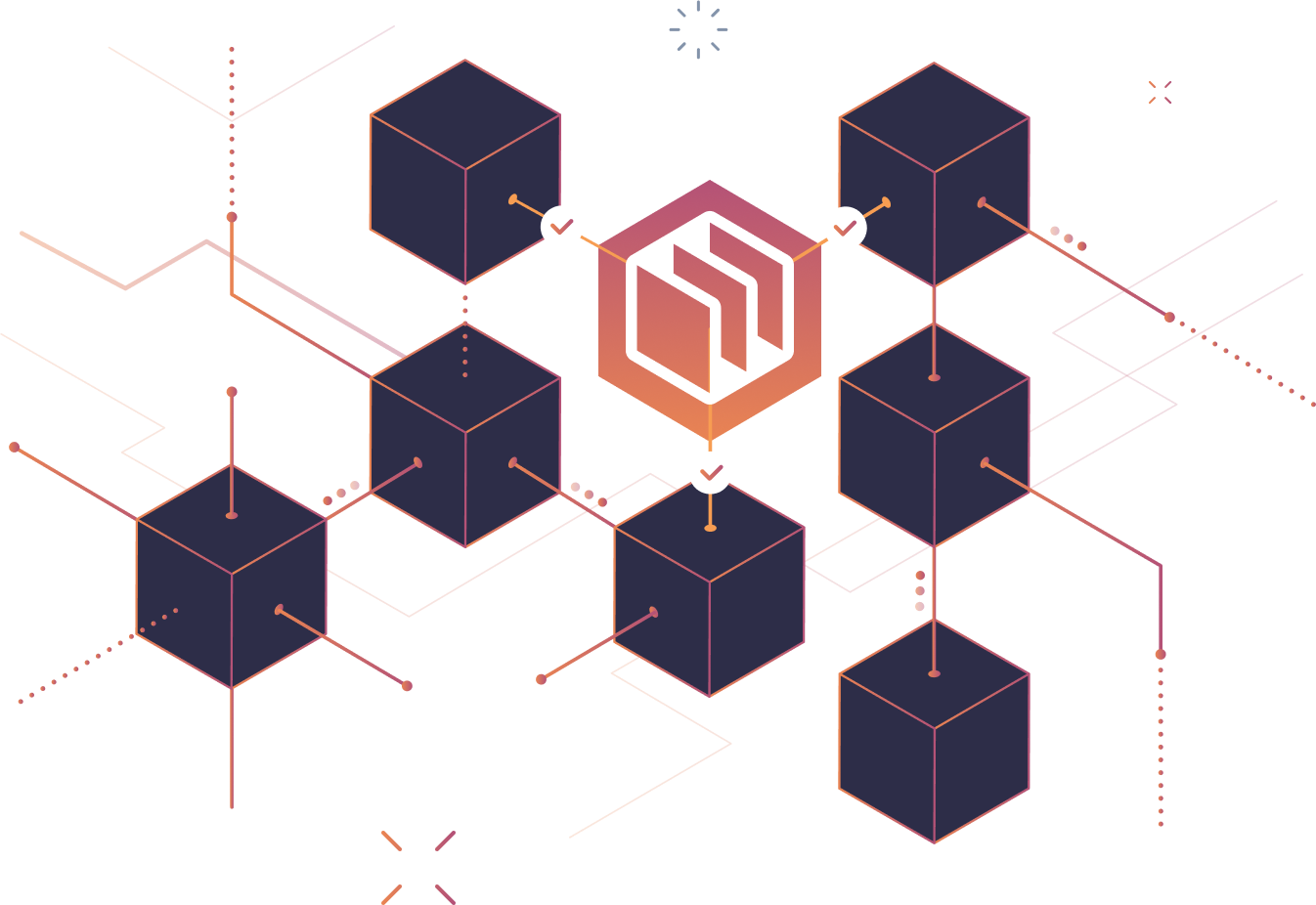Secure Your Payments With Tokenization
Tokenization with Dwolla provides a secure and efficient way to manage financial data, fostering trust and simplifying financial interactions.

The Benefits of Tokenization
Digital interactions result in unique identifiers instead of transmitting sensitive data.
Enhanced Security
Tokenization replaces sensitive financial data with non-decipherable tokens, protecting user information from unauthorized access and reducing the risk of breaches.
Streamlined Integration
Tokens eliminate the need for direct sharing of sensitive financial data, facilitating smoother and more secure integrations with third-party applications and services. This simplifies development and enhances user experience.
Regulatory Compliance
Dwolla’s tokenization adheres to strict data security regulations, minimizing compliance burdens and potential legal risks for businesses and allowing them to focus on innovation and core operations.
“We want to make sure we have a seamless process with our end users. We want to make things faster, more efficient and more secure for our clients.”
Financial Services CompanyChief Executive Officer
Automate your payments in as little as ten days.
Dwolla's full-service approach replaces legacy payments technology with a single solution, improving security, data visibility and the customer experience.